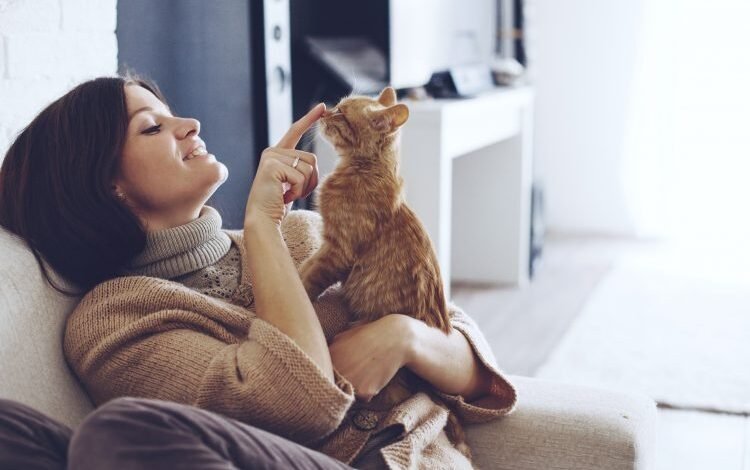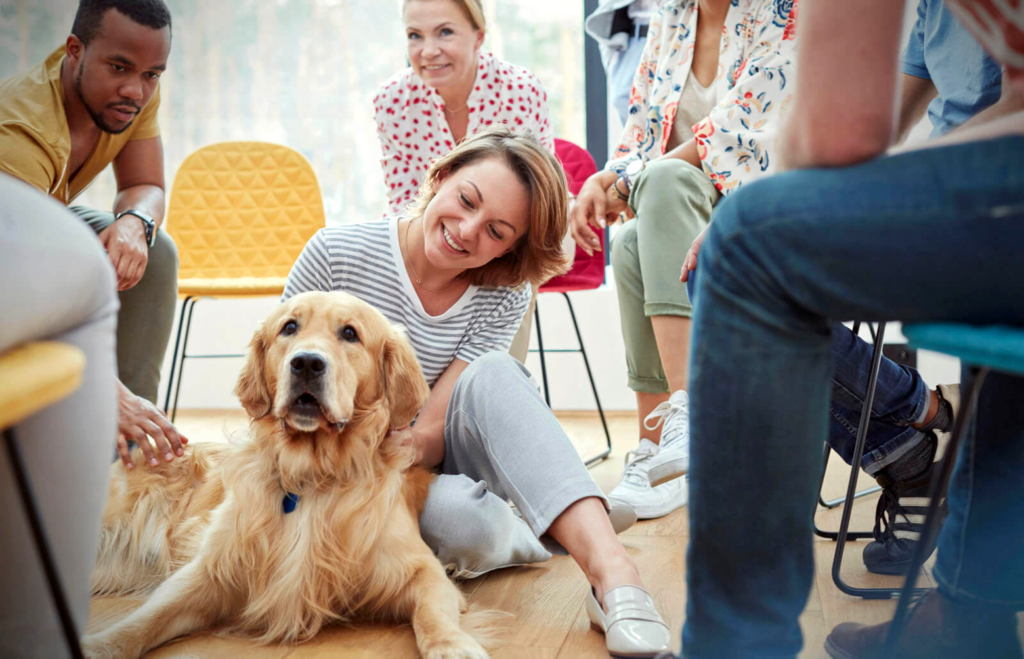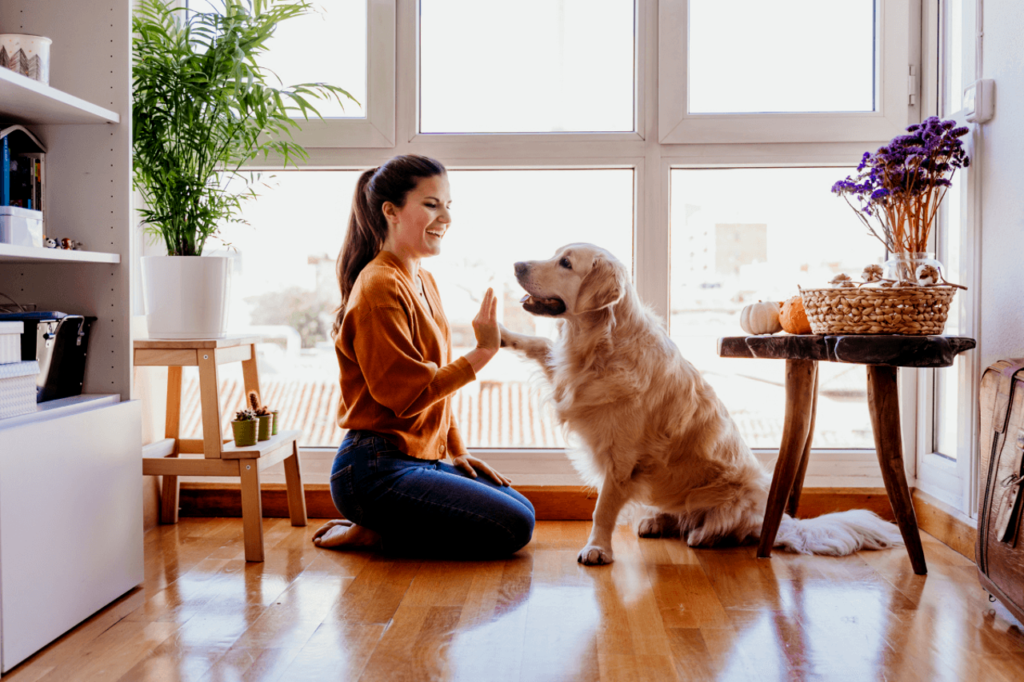
Understanding Pet Communication: Interpreting Body Language and Vocalizations
Our pets are like family, and we cherish the moments we spend with them. However, understanding our pets’ behaviors, body language, and vocalizations can sometimes be perplexing. This article aims to decode the language of pets, shedding light on the nuances of their body movements and the meanings behind their vocalizations. By gaining insight into their unique forms of communication, you’ll be better equipped to care for and connect with your furry companions.
Read More: Understanding Pet Behavior: Improving Communication and Bonding
The Language of Pets

Pet communication is a complex system comprising non-verbal cues and sounds. To truly comprehend your pets, you need to pay attention to both aspects of their communication.
Interpreting Body Language
Pets convey a myriad of emotions through their body language, encompassing everything from their facial expressions to their posture.
Facial Expressions
Much like humans, pets have facial expressions that mirror their feelings. For instance, when a dog wags its tail vigorously, it usually signifies happiness and excitement. Conversely, if a cat’s ears are flattened against its head, it could be experiencing fear or anxiety.
Understanding these facial cues is crucial to understanding your pet’s mood and needs. For example, if your dog greets you with a wagging tail, you can be confident that it’s delighted to see you. On the other hand, if your cat approaches with flattened ears, it might be best to give it some space until it feels more at ease.
Posture and Movements
The way a pet carries itself and moves can provide profound insights into its emotional state. For instance, a dog with an arched back may be signaling aggression or discomfort, while a cat with a relaxed and slightly flopped posture is typically content and trusting.
By closely observing your pet’s posture and movements, you can better gauge its comfort and contentment. If you see your dog tensing up with stiff body language, it might be a sign that it’s feeling threatened or uneasy. In contrast, a cat that leisurely stretches or sprawls out is likely expressing relaxation and trust.
Deciphering Vocalizations
In addition to body language, pets communicate through various sounds, each with its unique meaning.
Barks and Growls
Dogs, for example, are known for their barking and growling. The pitch, tone, and intensity of these sounds can reveal a great deal about their emotional state. A high-pitched, rapid bark often signifies excitement or eagerness, such as when your dog sees you getting ready for a walk. On the other hand, a low, prolonged growl can be a sign of discomfort, aggression, or the perception of a threat.
Understanding the nuances of barks and growls can help you respond appropriately. If your dog barks excitedly, you can share in its enthusiasm. However, if it growls, it’s essential to assess the situation and address any potential sources of stress or conflict.
Meows and Purrs
Cats have their own unique vocalizations. Meowing and purring are the primary ways in which they communicate with humans. A short, loud meow can be an indication that your cat is seeking attention or interaction. In contrast, a cat that purrs softly is usually content and relaxed, often seeking companionship or expressing comfort.
By recognizing these vocal cues, you can better cater to your cat’s needs and strengthen your bond. If your cat meows persistently, it may be asking for playtime or affection. Responding to these vocalizations with appropriate attention and care can lead to a happier and more satisfied feline companion.
Building a Connection

Building a strong and harmonious relationship with your pet involves consistent interaction and an understanding of the context in which they communicate.
Consistency Matters
Consistency is key when it comes to pet training and communication. Your pet learns through repetition and consistency, so it’s important to maintain a predictable routine in your interactions. When your pet exhibits desired behaviors, such as following commands or displaying affection, it’s crucial to reward them consistently. This positive reinforcement helps them understand what you expect and reinforces their positive behaviors.
Paying Attention to Context
The context in which your pet communicates is vital for understanding their needs. A meow from your cat can have different meanings, depending on the situation. For instance, a meow right before mealtime is often a clear sign of hunger, while the same meow in the middle of the night might indicate loneliness or a desire for companionship.
By paying attention to the context of your pet’s vocalizations and behaviors, you can respond appropriately and meet their needs effectively. This attentiveness will enhance your bond and create a more fulfilling and enjoyable pet-owner relationship.
Conclusion
Understanding pet communication, encompassing body language and vocalizations, is an essential skill for every pet owner. By being attuned to these cues and responding thoughtfully, you can nurture a deep and meaningful connection with your beloved pets. Remember that your pets are unique individuals with their own ways of expressing themselves. By respecting and understanding their communication style, you can provide the care and companionship they deserve.
Read More: Understanding Common Pet Illnesses: Recognizing Symptoms and Seeking Treatment
FAQs
- How can I differentiate between a happy tail wag and an anxious one? To distinguish, observe your pet’s overall demeanor. A relaxed body and soft eyes usually accompany a happy wag. An anxious wag might be accompanied by tense body language.
- Why does my cat purr loudly when I’m not petting it? Cats can purr when they’re content, not just when seeking attention. It’s their way of expressing comfort and relaxation.
- What should I do if my dog growls at strangers? Consult a professional dog trainer to address this behavior. It could be a sign of fear or territoriality, and professional guidance is often necessary to ensure safety.
- Why do some pets use vocalizations more than others to communicate? Different breeds and individual personalities play a significant role. Some pets are naturally more vocal, while others may rely more on body language.
- How can I help my pet adjust to changes in its environment? Gradual introductions to change, along with reassurance and rewards for positive behavior, can help ease your pet’s transition. Patience and consistency are essential during such adjustments.
In this comprehensive guide, we’ve explored the fascinating world of pet communication, focusing on both body language and vocalizations. By understanding and responding to your pet’s cues, you’ll build a stronger and more meaningful bond with your beloved companions.








One Comment